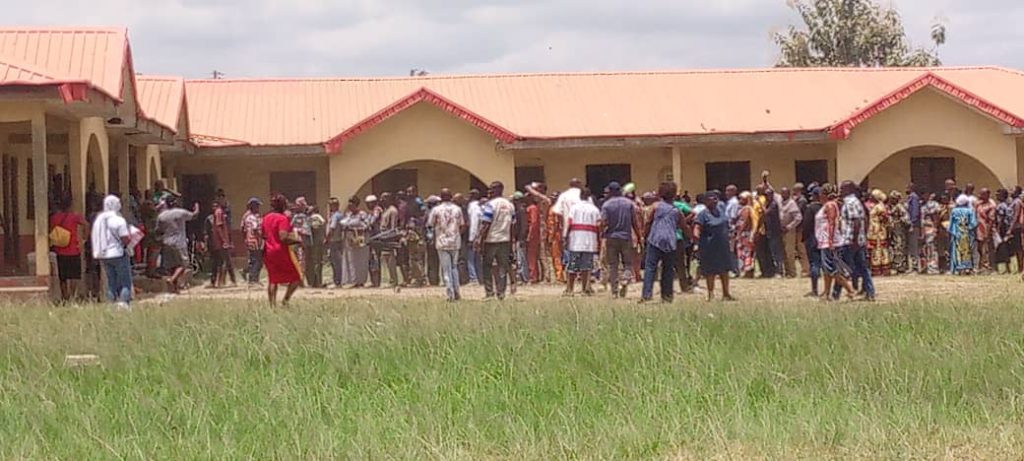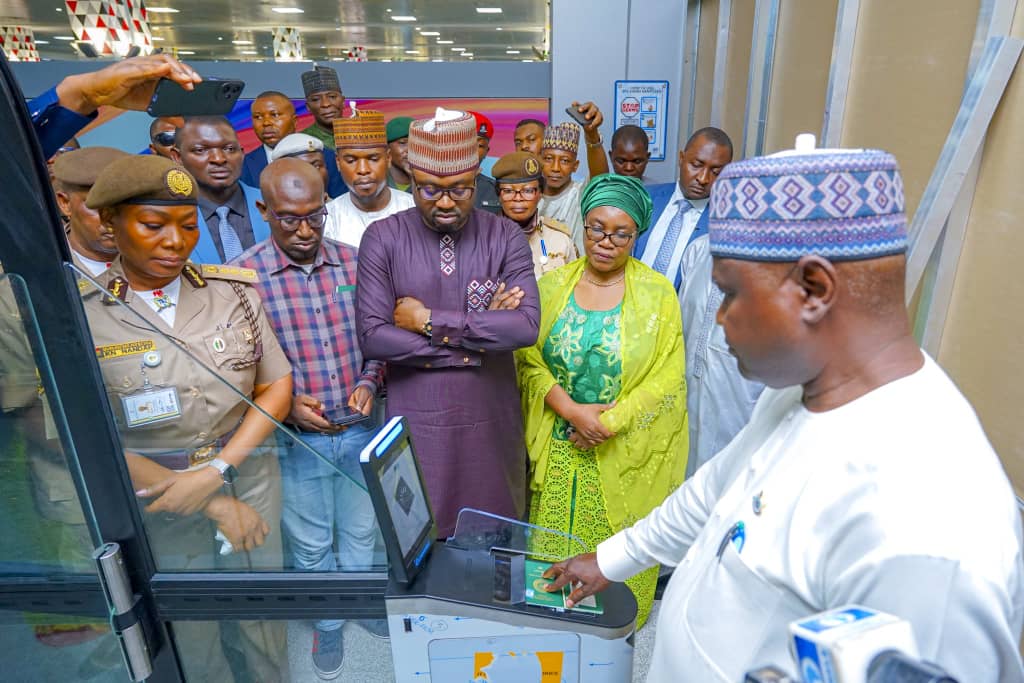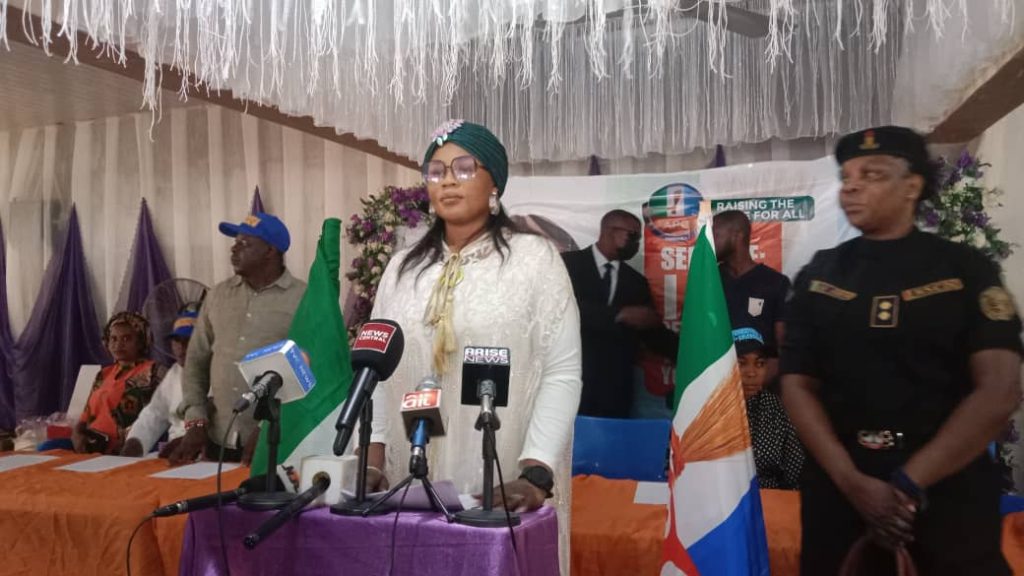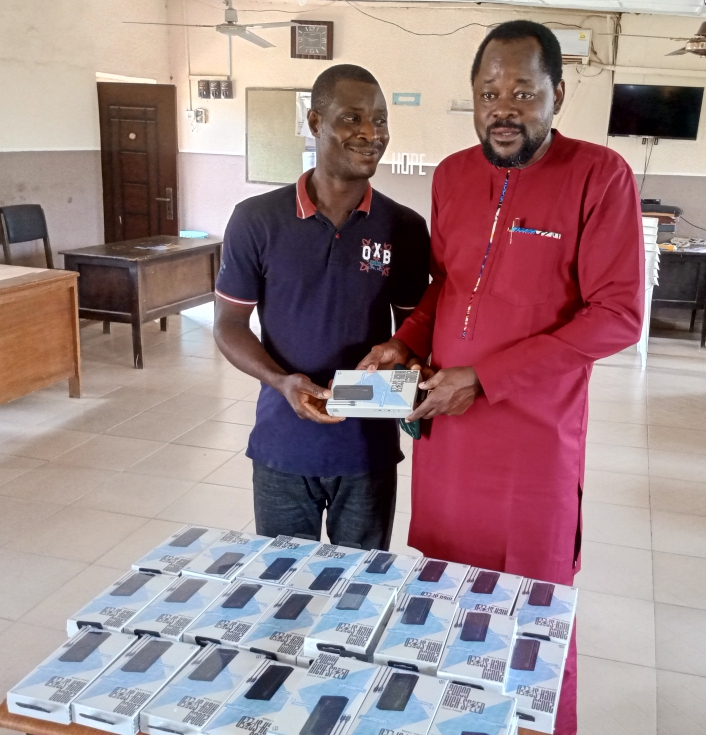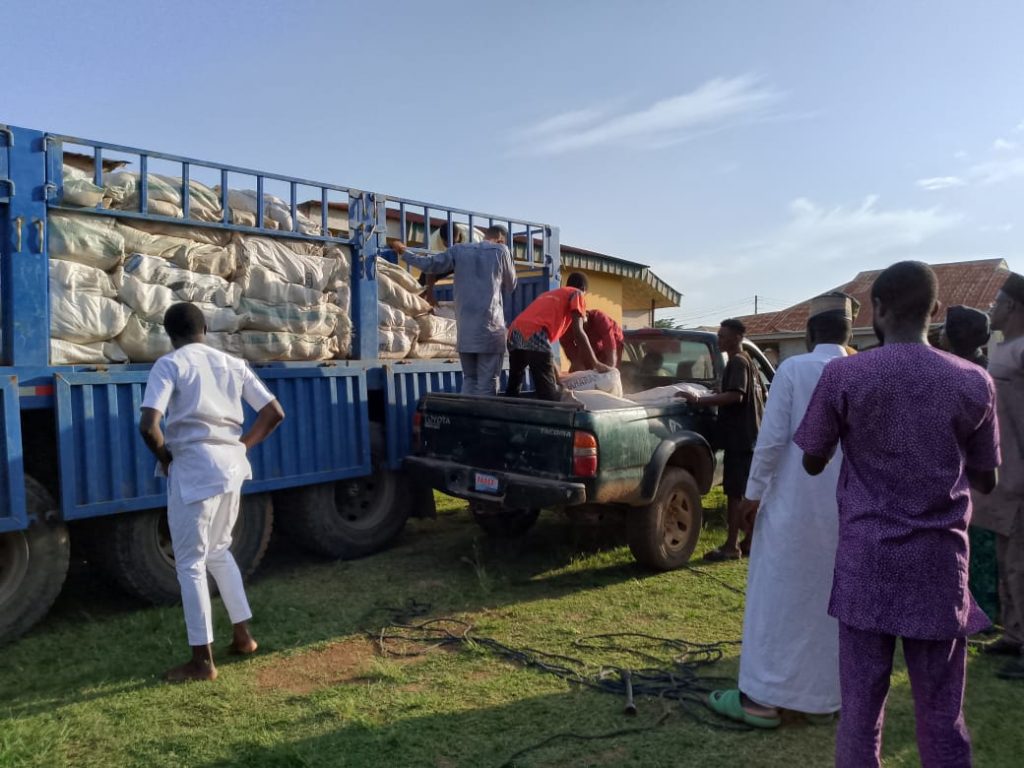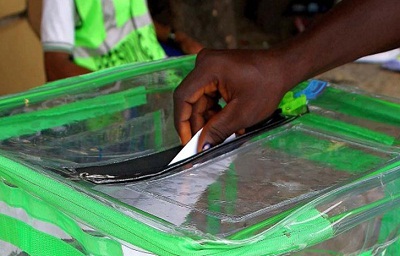Degenerative disc disease
Degenerative disc disease
Dr. Faozat Aragbaye
|
Degenerative disease is not really a disease but a term used to describe the normal changes in the spinal discs with age.
Spinal discs are soft, compressible discs that separate the interlocking bones (vertebrae) that make up the spine. The disc act as shock absorbers for the spine allowing it to flex, bend and twist. Degenerative disc can take place throughout the spine, but it most often occurs in discs in the lower back (lumber region) and the neck (cervical region).
CAUSES
Several factors can cause discs to degenerate, including age. Specific factors include:
- The drying out of disc. As we age , the disc dries out and doesn’t absorb shocks as well
- Daily activities and sports can cause tears in the outer core of the disc.
- Injuries can cause swelling, soreness, and instability
Unlike other tissues of the body, there is very little blood supply to the disc, so once a disc is injured, it cannot repair itself, and the disc can start deteriorate.
RISK FACTORS
Age is the biggest risk factor, but some other factors can speed up the process of degeneration. These include
- obesity
- strenuous physical job
- tobacco
- an acute or sudden injury
Degenerative disc pain can start when a major or minor injury leads to sudden and unexpected back pain, or it can present as a slight back pain that gets worse over time
SYMPTOM
Symptoms are commonly concentrated in the low back or neck, depending on where the degenerated disc(s) are. Common symptoms include:
- Pain that ranges from nagging to severe and disabling
- Pain that affects the low back, buttocks and thighs
- Pain in the neck that may radiate to the arms and hands
- Pain that is worse when sitting
- Pain that gets worse when bending, lifting or twisting
- Pain that lessens when walking and moving
- Pain that lessens with changing positions often or lying down
- Periods of severe pain that come and go, lasting from a few days to a few months
- Numbness and tingling in the extremities
- Weakness in the leg muscles or foot drop may be a sign that there is damage to the nerve root.
DIAGNOSIS
Diagnosis is based on the medical history and a physical examination, as well as the symptoms and the circumstances where the pain started.
An MRI( Magnetic Resonance Imaging) can show damage to discs, but it alone cannot confirm degenerative disc disease.
TREATMENT
The goal is to ease the pain and stop the damage. Treatment options to go along with physical activity and exercises to increase back strength include:
- Physical therapy- specific movements make muscles in the neck and back stronger and more flexible. This supports the spine.
- Medications: nonsteroidal anti inflammatory drugs (ibuprofen, naproxen sodium). Pain relievers (acetaminophen)
- Surgery, artificial disc replacement, spinal fusion
- Heat and cold therapy
- Spinal mobilization
In most cases, physical therapy and pain medication are enough for long- term relief.
Self Care
Along with following doctor’s instructions, getting proper amount of physical activity, and strengthening the muscles that support the spine, the condition can be supported by:
- eating a nutritious diet
- address both the physical and emotional effects of having a musculoskeletal condition
- stopping smoking
- self management encompasses the choices made each day to live well and stay healthy


